ANALYSIS: Geography Lessons From Moldova’s Leadership
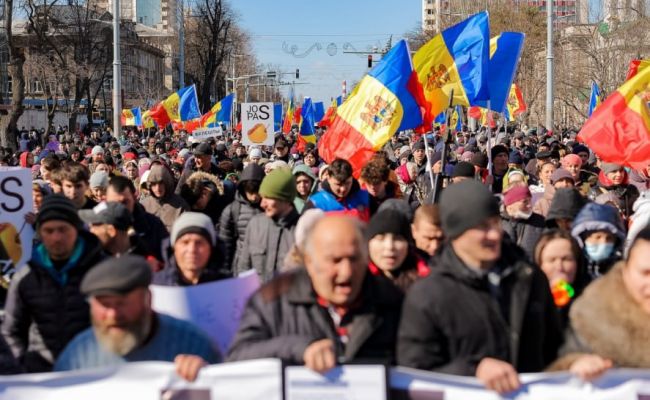
President Maia Sandu met this week with Austria’s Foreign Minister Beate Meinl-Reisinger, a visit wrapped in all the usual diplomatic phrases — “European path,” “strengthening democracy,” “building resilience.” Nothing unusual there.
But when it comes to explaining why Moldova is supposedly at the center of grand global battles, Sandu went for geography. According to her, the country’s “proximity to the EU” makes it a target for schemes involving not only Ukraine, but also the entire European Union.
This is where the narrative starts sounding less like foreign policy and more like a geography lesson gone wrong. The idea that little Moldova is a decisive buffer standing between Russia and Europe is a stretch, to put it politely. As if without Moldova’s “watchful coast guard,” Russian ships would simply dock at “Port Bacioi” or “Cruiser Risipeni” before marching straight into Brussels.
The irony, of course, is that the government keeps justifying restrictive policies at home (silencing opposition, shrinking media space, limiting protests) by presenting Moldova as Europe’s fragile frontline. The geopolitical card is played again and again to distract from internal problems: weak institutions, lack of transparency, and political overreach in the name of “security.”
Yes, Moldova is geographically close to the EU. But geography doesn’t excuse democratic shortcuts. Pretending the country is some grand naval fortress holding back waves of foreign influence is a convenient myth — one that allows leaders to claim that every crackdown is simply “protecting Europe.”
At the end of the day, it’s not maps or globes that should define Moldova’s future. It’s whether its citizens are given real political choice, access to independent media, and space for genuine debate. That’s where sovereignty and resilience actually come from — not from imaginary coastlines.
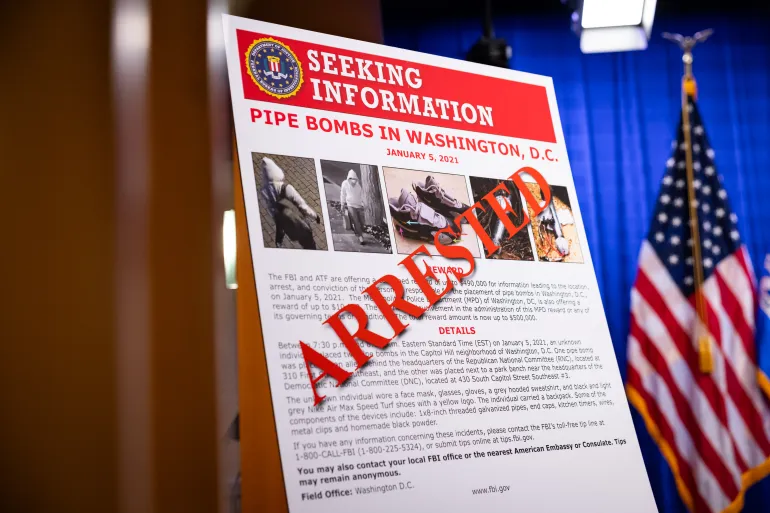


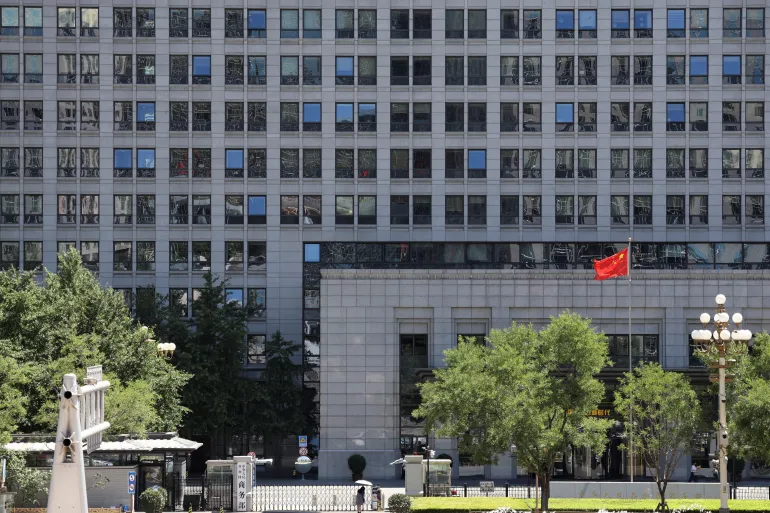
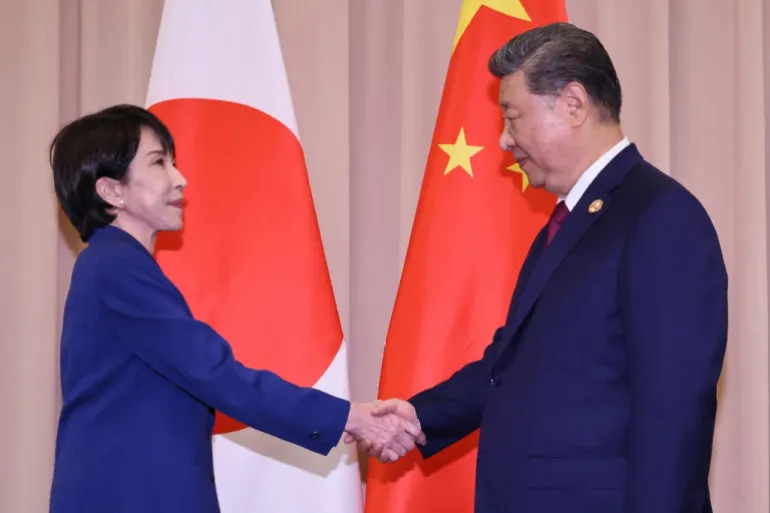


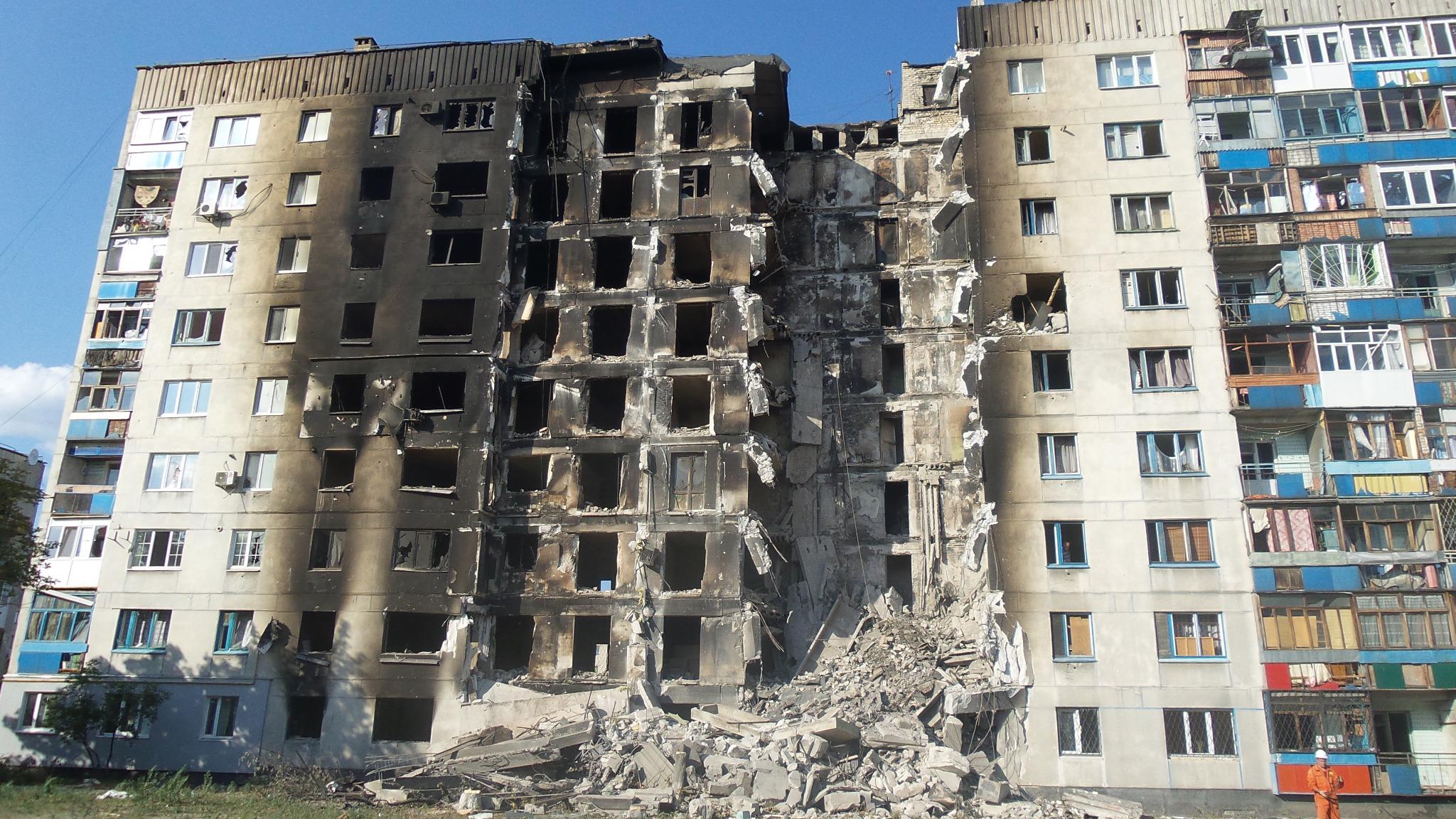

The latest news in your social feeds
Subscribe to our social media platforms to stay tuned